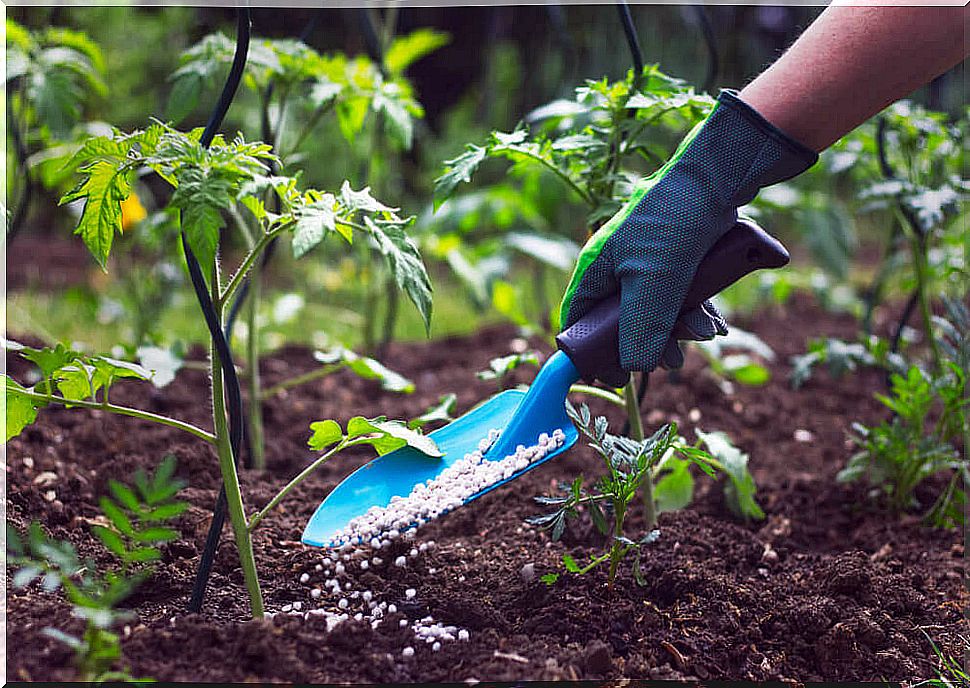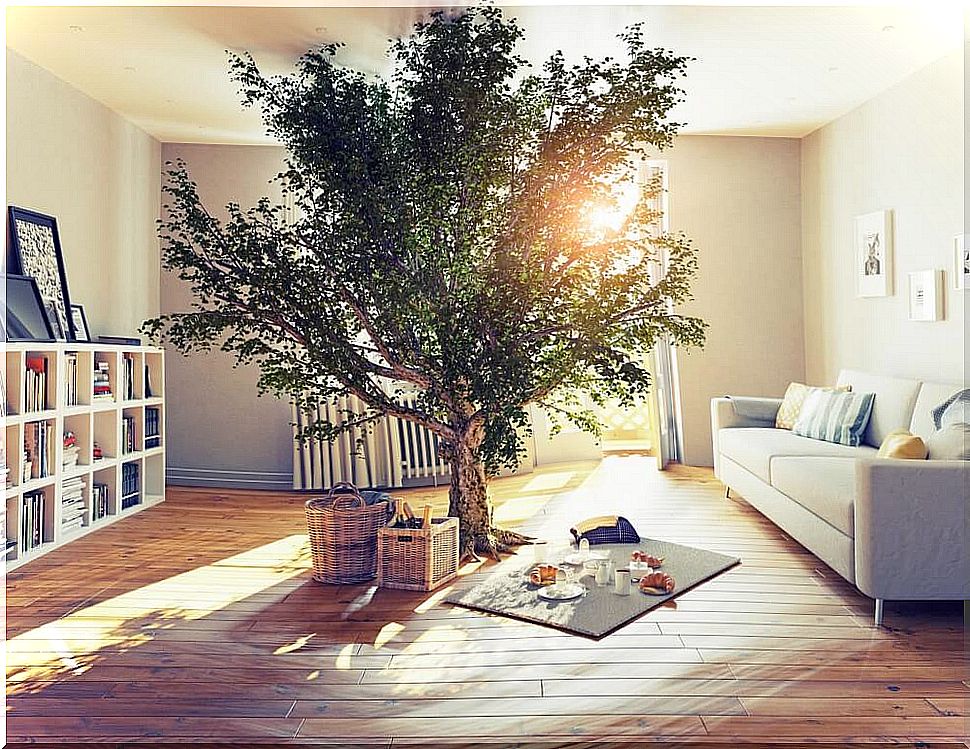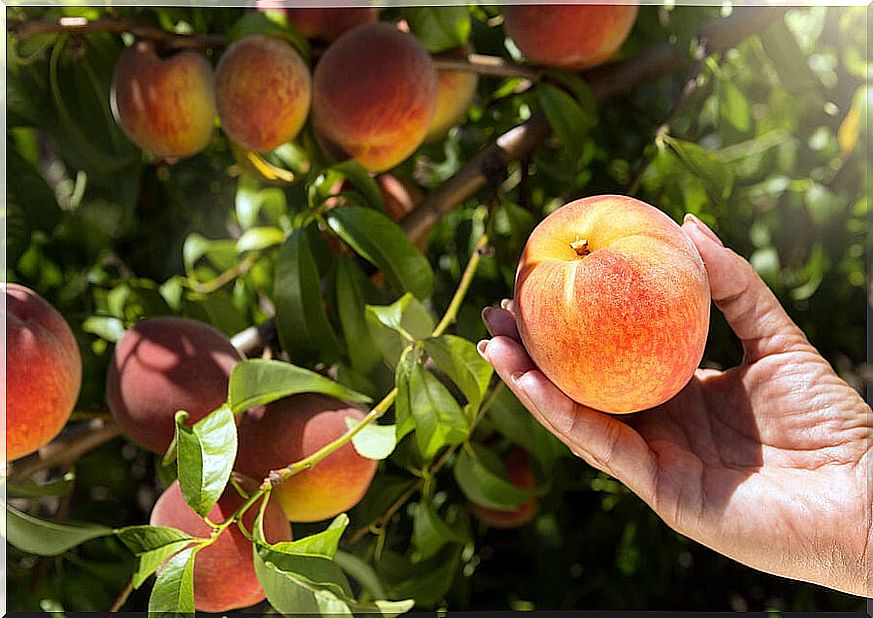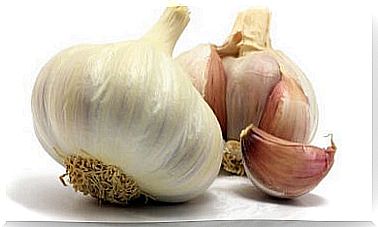What Should You Know Before Planting A Tree At Home?
Do you want to plant a tree at home? Trees are essential for life on the planet. Apart from producing oxygen, they absorb carbon dioxide, which contributes to air purification and common well-being. In addition to all this, they also help to support the soil, which prevents erosion. Find out how to do it below.
Do you want to plant a tree at home?
To begin with, if you plan to plant a tree at home, the first thing you should do is dress in patience. A fruit tree, on average, takes between five and ten years to grow. Of course, this can vary depending on the type of fruit.
What is your goal? It is very important that you are clear about whether you will plant a tree in your house to decorate, have fruits on hand, to protect yourself from the shade when being in the garden, and so on. In fact, if you want to grow your own garden, take a look at this article on vegetable designs. We invite you to also see how to make your own crops.
This time we will see what tree you can plant in your house, and what are the conditions that must exist in your garden. Keep reading!

Previous recommendations
Planting a tree is not just about finding a space, opening a hole and putting the seed or plant inside. There are many factors to take into account.
For example, look around your neighborhood and you will see that somewhere there is a tree that affects the power lines, the roofs of the houses or creates some danger for the pedestrians. So before you see which tree to plant, follow these tips before doing so:
- Find out from the environmental authorities which trees they recommend to plant as well as which trees should not be planted. In general, this follows rigorous environmental criteria about the species that are most suitable and beneficial for each location, based on their characteristics.
- You must be committed to caring for the tree during its early stages of development. This means watering it, pruning it, and cleaning it.
- Make sure your front yard or lot has a good space.
- Allow a safe distance between your house and the tree (about 6 meters).
- It is very important that the tree, as it grows, does not interrupt the electrical lighting. Otherwise, you will have to commit to cutting its branches before they damage public property.
Ideal trees to plant at home

Now let’s take a look at the types of trees that are ideal to plant in the patio or front garden of your house. But first let’s take the advice above into account.
In general, people find themselves in trouble with a tree at home when the top of the tree grows too high. In these cases, for example, the roof or roof is damaged. A tree that is not pruned will cause problems not only for the owner but also for the neighbors.
Therefore, species such as ceiba, laurel or rubber should not be planted in urban areas in the backyard of a house. In the case of the ceibas, these are huge trees whose tops reach very high.
The roots of this tree are usually shallow, which can damage sidewalks or patios. Species like rubber or laurel cause problems. The roots of these trees, seeking moisture, can damage underground pipes.
Trees by climate

If you live in an area with a tropical climate, the ideal is to plant lush trees. This way you will be able to soften the impact of the sun, especially in dry season.
But they must be trees whose foliage and roots do not harm buildings or streets. It is better to sow native species, which are adapted to dry climates. In the Caribbean, for example, where a hot and humid climate predominates, tropical dry forest species can be planted, such as:
- The Oak.
- Acacia.
- The earmuff.
- The mouse killer.
- The covalongo.
- El icaco, among others.
Other trees that can be planted and that also produce fruit are: lemon, mango, persimmon, pomegranate, avocado, orange tree, among others. These trees are also easy to plant from seed.
The following trees are suitable if you live in the Mediterranean, as they are deciduous. That is, they lose their leaves in winter. This will allow the sun’s rays to pass through and provide shade for us during the summer.
- The Oak.
- Maple.
- The ash tree.
- Birch.
In very cold areas, it is more advisable to plant evergreens. These help protect you from the cold winter wind. These might be:
- Fir.
- Pine.
- Spruce.
Remember, fruit and flower trees are very pretty and they provide you with fruit. However, also keep in mind that these trees also require frequent cleaning and pruning. It is very important that you are responsible and do not neglect them, once you have planted them.









